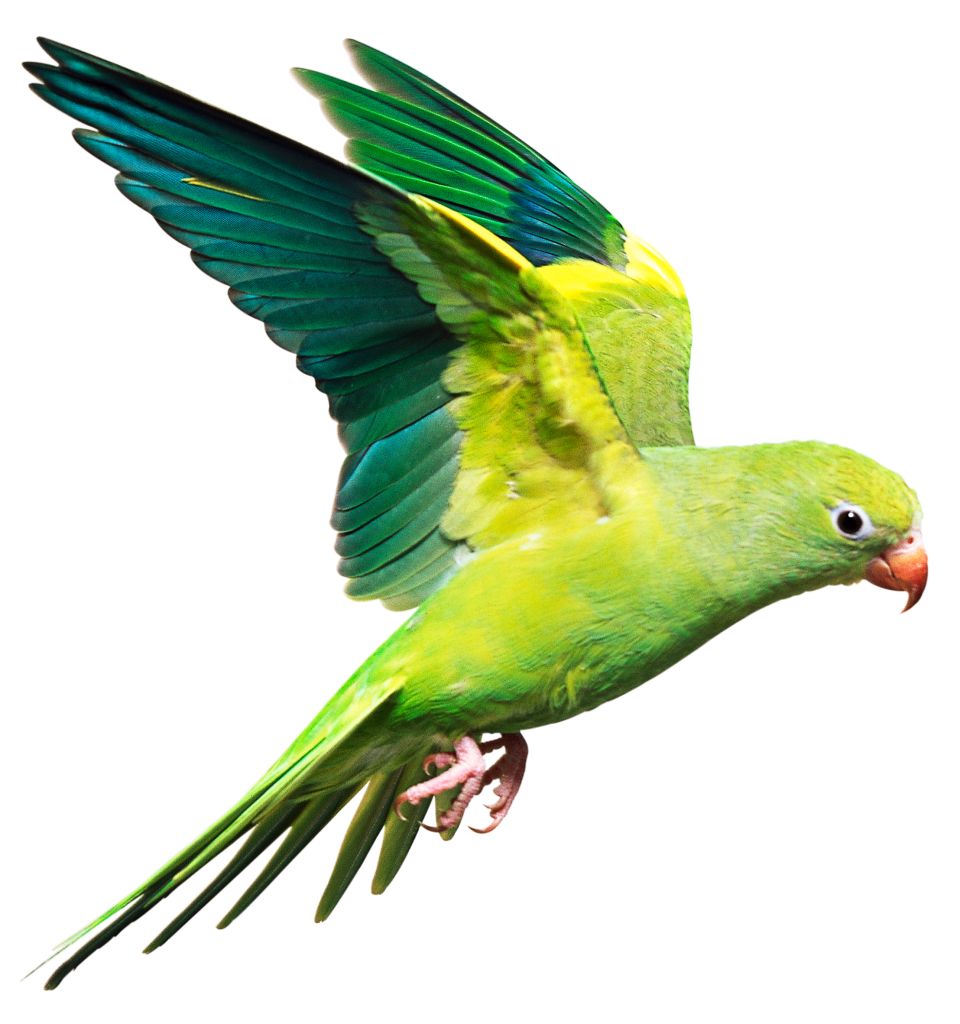Birds are a group of endothermic vertebrates, characterised by feathers, toothless beaked jaws, the laying of hard-shelled eggs, a high metabolic rate, a four-chambered heart, and a strong yet lightweight skeleton. Birds live in every continent and on most islands. Extant birds range in size from the 5 cm (2 in) bee hummingbird to the 2.75 m (9 ft) ostrich. The fossil record indicates that birds evolved from feathered ancestors within theropod dinosaurs during the Jurassic period.
Somebirds use ground transportation such as running or hopping; however many species are capable of powered flight which has allowed them to become one of the most widespread terrestrial vertebrate groups with around 10,000 living species spread across all continents except Antarctica.
The scientific study of birds is known as ornithology while bird watching is an important recreational activity for many people with around 20 million birdwatchers worldwide according to 2006 census data collected by Birdlife International.
The anatomy of birds differs significantly from that of other vertebrates allowing them to fly; their wings consist primarily of feathers which have evolved specifically for this purpose attesting to their evolutionary success . Birds also have unique digestive systems adapted for an omnivorous diet which allows many species to subsist on a vegetarian diet; some like hawks and eagles are carnivores while others scavenge meals opportunistically. Their visual acuity is often very good especially in predators and prey detection; raptors can spot prey items from up to several kilometres away using their telescopic vision while many songbirds have tetrachromatic colour vision allowing them detect ultraviolet light not visible to humans giving them an advantage in finding food sources and mates .
The reproductive biology of birds is diverse with respect to both behaviour and morphology but generally they lay their eggs in nests constructed out of materials such as twigs, leaves , grasses , mud or moss lining the inside with softer materials such as feathers or down . Most incubate their eggs although some species allow male members of the pair do so instead; once hatched young chicks are typically cared for by both parents until they fledge after which time they must fend for themselves . Some species remain together forming lifelong monogamous pairs while others breed opportunistically each season producing large clutches then leaving their young unguarded ; these latter strategy results higher mortality rates but also greater potential reproductive success if even a few survive into adulthood
Birds Latest News
-
BirdsComputer ScienceInformation TechnologySciTech NewsUniversitiesUniversity Of Amsterdam
The Disturbing Impact of Fireworks on Avian Life: Insights from New Research
Exploring the detrimental effects of fireworks on bird flight activity, with insights from Bart Hoekstra’s research on New Year’s Eve …
-
BiologyBirdsMuscleOrnithologySciTech NewsUniversity Of Southern Denmark
Harmonic Health: The Role of Regular Singing in Enhancing Avian Appeal
by Klaus Müllerby Klaus MüllerStudy reveals daily singing is vital for songbirds’ vocal muscle strength and attractiveness, with implications for human vocal training and …
-
BiologyBirdsColorado State UniversityEarthEcologyMigrationOrnithologySciTech News
Chicago Bird Collision Tragedy: A Stark Reminder of Light Pollution’s Impact
Overview of a study on light pollution’s impact on migrating birds, highlighting a tragic event in Chicago where 1,000 birds …
-
AnimalsBiologyBirdsEarthEcologySciTech NewsVirginia Tech
Unconventional Illness Response in House Finches: Increased Sociability
Research on house finches showing increased sociability when ill, offering new insights into group dynamics and disease transmission.
-
BiologyBirdsClimate ChangeCornell UniversityOrnithologySciTech NewsWeather
Climate Change Impacts on Early Bird Nesting: Vulnerability to Temperature Fluctuations
Climate change’s impact on songbird nesting, causing earlier seasons and temperature extremes, leading to higher nest failures.
-
BiologyBirdsCambridge University PressConservationEuropeSciTech News
Recent Study Underscores the Critical State of Europe’s Natural Environment
Recent research stresses the urgent need for EU-wide ecological restoration laws as the number of globally endangered bird species triples …
-
BiologyBirdsEvolutionFeathersFossilsPaleontologySciTech NewsUniversity College Cork
Discovery of Ancient Proteins in 125-Million-Year-Old Dinosaur Feathers Enhances Understanding of Feather Evolution
New research from University College Cork reveals that ancient dinosaur feathers contained proteins similar to those in modern birds, challenging …
-
ArchaeologyBiologyBirdsDNAExtinctionFlorida Museum Of Natural HistoryPaleontologySciTech News
Deciphering the History of Caribbean Parrots: Ancient Genetic Data Sheds Light on Unforeseen Extinctions
A recent study in PNAS delves into the precarious state of Caribbean parrots by analyzing ancient DNA. Findings disrupt conventional …
-
BiologyBirdsBrainMedicineNeuroscienceRockefeller UniversitySciTech News
Intellectual Capacities in Vocalization and Problem-Solving Correlate with Brain Size in European Starlings
This scholarly article discusses a study from The Rockefeller University, revealing that European starlings are not only adept at complex …
-
BiologyBirdsChinese Academy of SciencesFossilsPaleontologySciTech NewsUniversities
120-Million-Year-Old Fossil Unveils Bird’s Leaf-Eating Past
by Manuel Costaby Manuel CostaA 120-million-year-old Jeholornis bird fossil reveals the earliest evidence of leaf-eating habits in birds, tracing back a vegetarian lifestyle.


